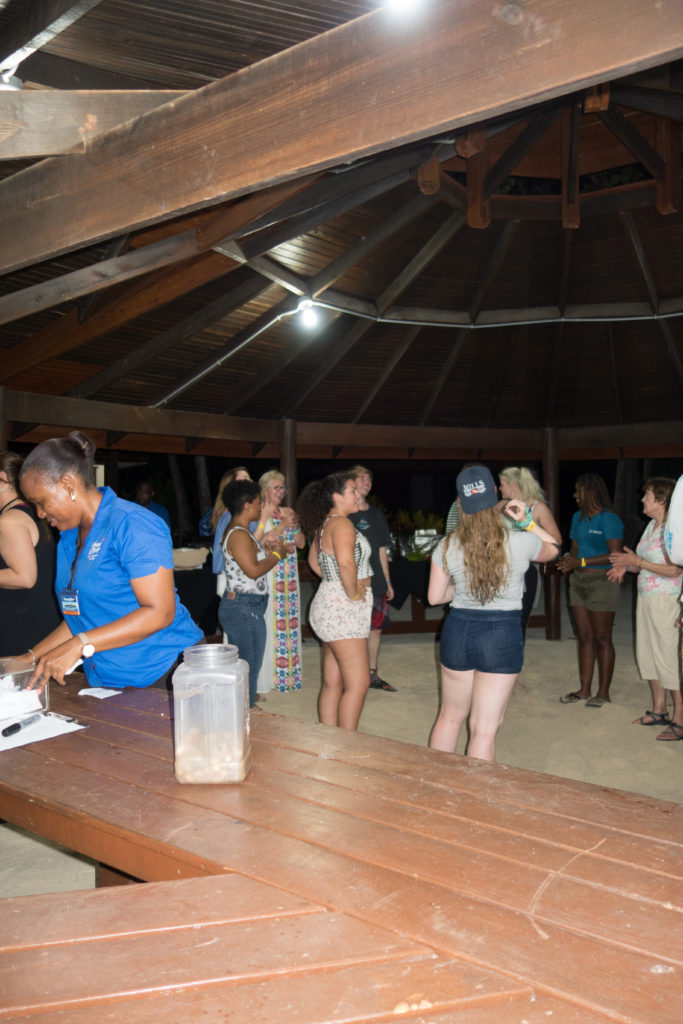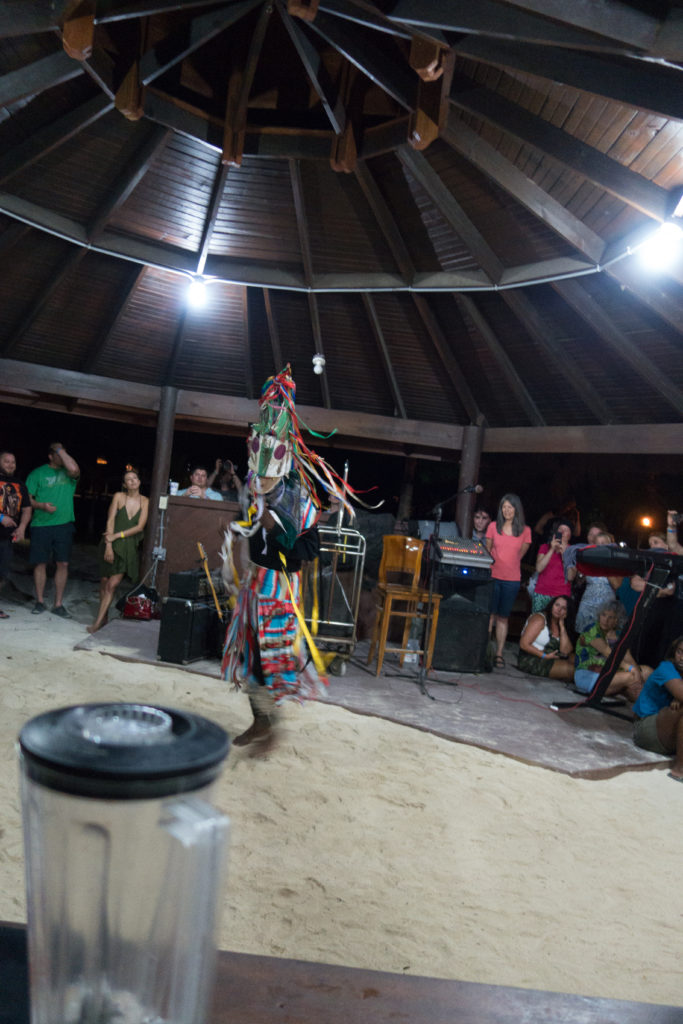Wednesday: Science Measurements

The day started with our regular breakfast, followed by an 8:15am meet at the boat. Gear up, and off we went to our first dive at Butcher’s Ban. Here we had a brief introduction into transects that we’d learned about yesterday. Jen, our scientist, dropped into the water first followed by our TA’s Hayley and Sophie, who set up the equipment we needed. Students were paired up, and odds were measuring total coral and evens were measuring Brain corals using the belt transect methodology.


After returning to Anthony’s Key to swap our our tanks and do our surface interval it was time for our second dive at Herbie’s Fantasy. This was more of a fun dive so we followed Alson our Divemaster and had an introduction to this reef. It was beautiful, full of azure sponges!

After lunch we had a lecture on coral disease. We learned that not many of the coral diseases have been identified, and there’s some discussion around nomenclature with different scientists naming the same thing a different name – sort of like the HIV debacle in the 1980s. We heard of a number that are impacting us in the Caribbean including Black, Yellow, White and Red Band Disease, Aspergillosis, Purple Spot Disease, and White Patch and Plague Diseases. Many of these are caused by organisms found in soil, which is coming from agricultural runoff. Others are coming from human intestinal waste. Other causes are the cruise ships and their waste tank discharges into the ocean. Most of what we are seeing is not bleaching, but disease. Basically if you see healthy coral and white coral together on the sand structure, it’s likely a problem of disease and not bleaching. This is fascinating to me as a microbiologist. Koch’s postulates even came up!! I suspect you don’t know what those are, but they are fundamental in my discipline for proving a given organism causes a given disease.
We then learned about how to build and clean a coral tree. On Friday we will be cleaning the current trees at RIMS with scrubbing and toothbrushes. We heard about attaching the corals to the tree is something that’s fairly easily done, but that sometimes they deattach and we should be careful of this. We learned that our tree will come in the next couple of weeks, and that Jen will send us a picture of it when installed. It’ll have it’s own plaque identifying it as a tree funded by Mills College!! I’m so proud of our students for organizing this. If you’d still like to purchase hats or T-shirts to help fund this endeavor, do reach out to us!

How the corals are attached to the trees 
Demonstration on how to clean the trees
Last, we circled back around to our survey’s from the morning dive. Our students counted an average of 117 total corals and an average of 17 brain corals in our belt transect. This means 14% of corals are brain corals on the reef. Brain corals are the massive and older corals on the reef, and are a good hint at the health of the reef.
Students had a little time for research and then it was time for the BBQ and Garifuna celebration! After dinner they got everyone dancing and then Hermit Crab races.
The Garifuna were brought to Roatan by the British in the late 1700’s after a second unsuccessful war against the colonists. Approximately 5,000 Black Caribs were forcibly deported. Only 2,500 survived the voyage and were left on the small and, then, infertile island of Roatan. Since then the Garifuna language, music, and dance has been declared a Masterpiece of Intangible Heritage of Humanity by the United Nations Education Scientific and Cultural Organization (UNESCO) in Honduras, Belize, and in Nicaragua.
Now it’s off to sleep. Early start tomorrow, then a very full day – Sharks and a Night dive!












